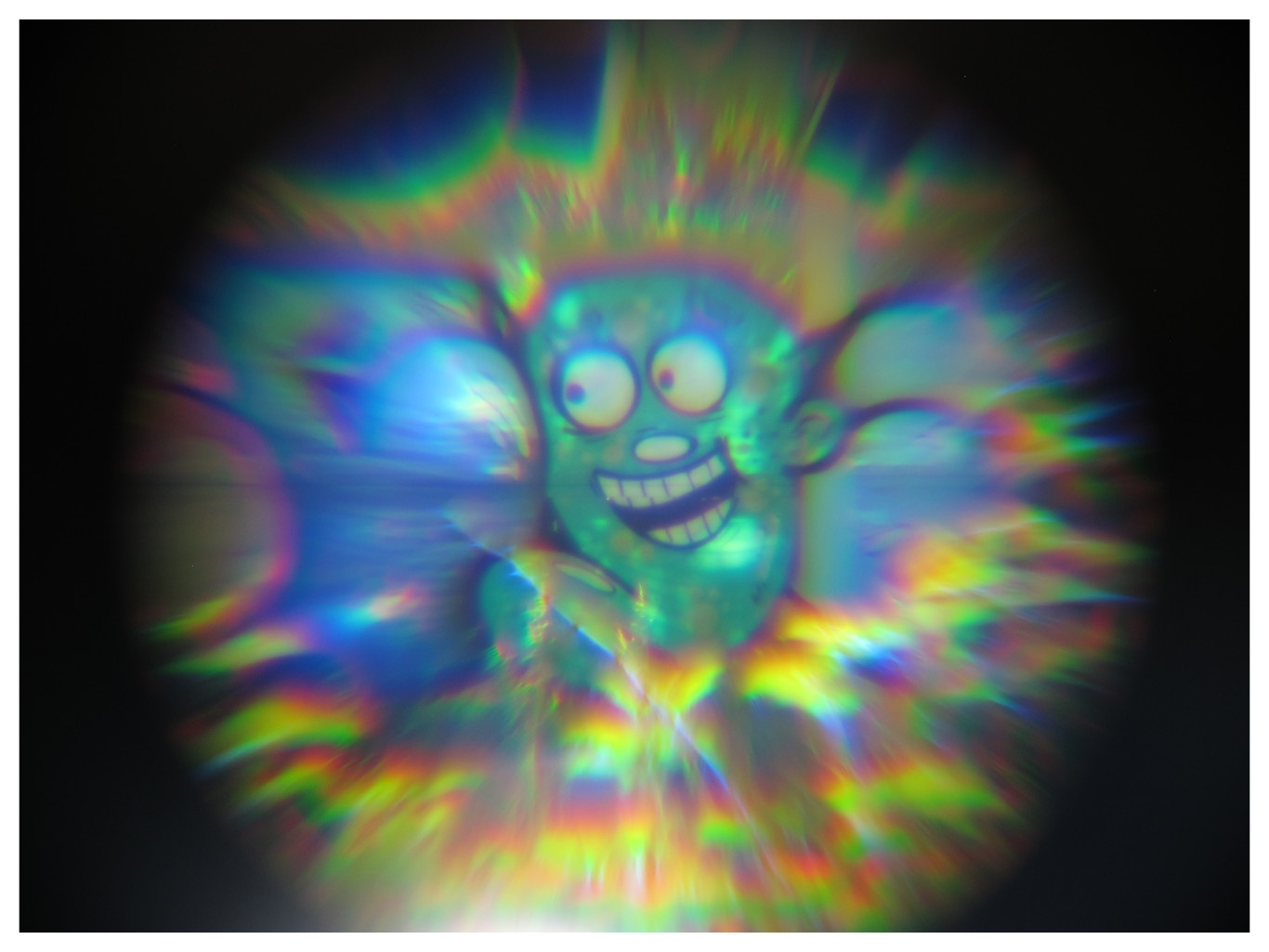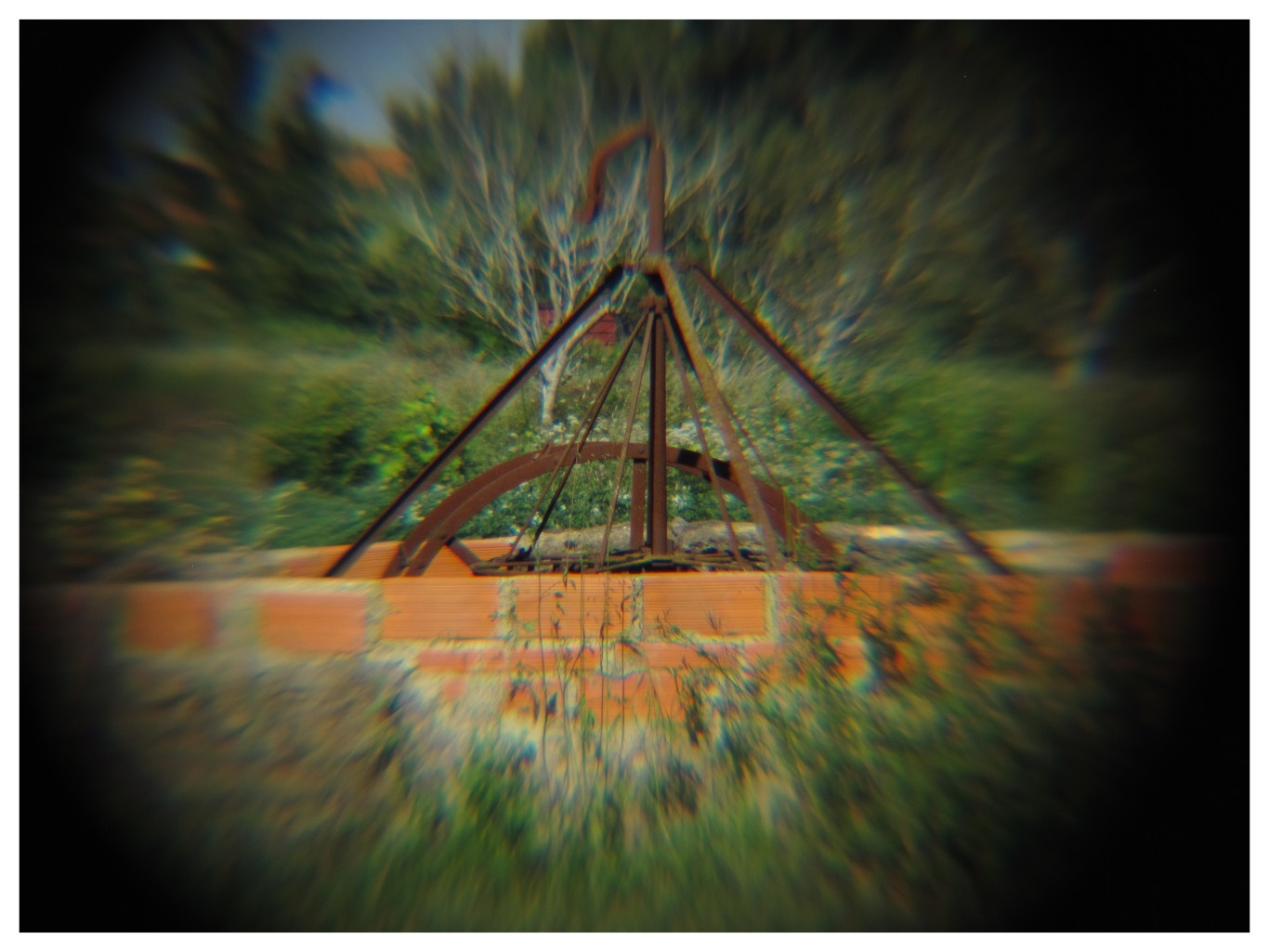Lens Artists Challenge #350: Zooming
Lens Artists Challenge #350: Zooming
'Zoom, zoom, zoom!' says, Anne, who is our host for the Lens-Artists Challenge this week. Unsurprisingly, her choice of subject is 'Zooming' (https://annegeephoto.com/2025/05/24/lens-artists-challenge350-zooming/), and she adds: 'It’s one of my favorite types of photography, and it is fun!'
Zooming, or 'zoom burst' photography as I've seen it called, is certainly great fun. As Anne says, at the core of this technique is mounting a zoom lens on the camera and, when taking an image, changing the focal length of the zoom lens during the exposure. This gives a wonderful 'burst' effect, though my attempts have never been as spectacular as Anne's examples.
But what if you don't have a zoom lens? Can you still achieve the same effect with a point and shoot, or even a smartphone? Actually, yes. You can, with one of my favourite bits of kit, the DIY Deakinizer. I've used the 'Deakinizer' in the Lens-Artists Challenge before. Back in January, during the 'Shoot From Above' challenge (https://keithdevereux.wordpress.com/2025/01/21/lens-artists-challenge-332-shoot-from-above/), I used it to take images of objects around the house. This time, I've used it on a 'walk around the block'.
The DIY Deakinizer is simply a wide-angle converter, one of those odd-looking lenses that screws onto the front of the lens you are using, but held reversed over the camera lens. Positioned correctly, the centre of the image is (roughly) in focus, while around the edges is a lovely starburst effect. It's not a zoom burst, but it's pretty darned close. You can pick these up for about 5€ or less, depending on the manufacturer, and like most things, I've found the cheaper, the better. The results you'll get will vary depending on the camera/converter combination that you use.
For this Challenge, I'm using the Canon Powershot G12 fitted with a lens hood and the Sakar Super Wider Fish-Eye 0.42x wide-angle converter. The converter is fitted to the camera with step-up fings, and the whole arrangement is quite secure. The results are quite spectacular. Reversed, the converter gives the most amazing chromatic aberration that reveals a wonderful multicoloured image with a pronounced zoom effect.
I also tried a different wide angle converter, the Sigma x0.5 Wide Converter for Video, which gave a much cleaner and more subtle effect than the Sakar. Cinematographer Roger Deakins created the Deakinizer in 2007. A lens that would fit over the lens of a movie camera to produce an image with a sharp centre and blurred edges. This became known as the Deakinizer effect and has been used a lot in films ever since. I had read somewhere that a cheap way to make a Deakinizer is to hold a reversed wide-angle converter in front of a camera lens, and I bought an old Panavision wide-angle converter just for this purpose. And it works a treat.
I was really pleased how well the faux zoom-burst effect worked, and I hope that you like the results. All being well, I'll be using my original Panavision 'Deakinizer' with a Zenit 11 single lens reflex camera for the upcoming Crappy Commie Camera Party, and I'll be sure to post the results — successful or otherwise.
Themes for the Lens-Artists Challenge are posted each Saturday at 12:00 noon EST (which is 4pm, GMT) and anyone who wants to take part can po3st their images during the week. If you want to know more about the Challenge, details can be found here (https://photobyjohnbo.com/about-lens-artists/), and entries can be found on the WordPress reader using the tag 'Lens-Artists'.
If you are on Mastodon, you can now follow this blog directly. Just go to Mastodon and follow the 'Snapshot' WordPress account at @keithdevereux.wordpress.com@keithdevereux.wordpress.com. All new posts will be automatically updated to your timeline.
#Zooming, #LensArtists, Lens-Artists, #Challenge, #LensMod, #Deakinizer, #Wide-Angle, #ReverseLens, #Lens, #Blurry, #Burst,


















Comments
Post a Comment